Tags
My friend Johnny Juice set up a great Tumblr for all the graffiti he snaps in NYC over at Dive Bar Graffiti.
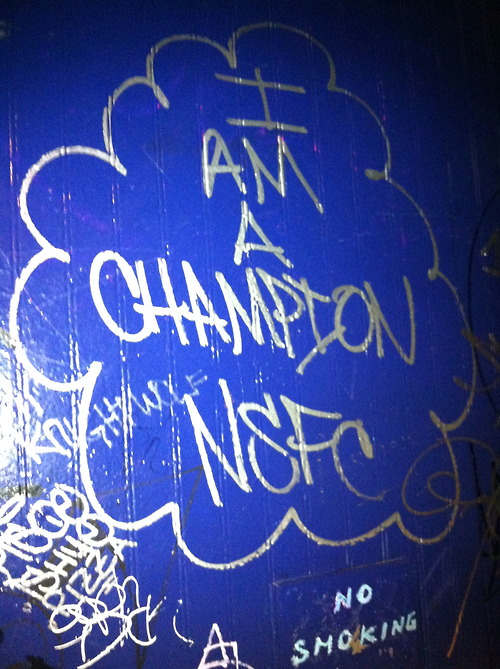
My friend Johnny Juice set up a great Tumblr for all the graffiti he snaps in NYC over at Dive Bar Graffiti.

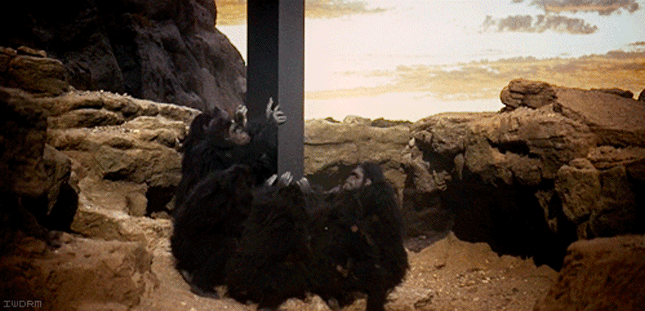
(via NudgeDesign)
I still believe the Verge’s scoring system is complete bullshit.
Joshua Topolsky reviewed Microsoft Surface and gave it a score of 7.0 (out of a total 10) and yet says this in his summary:
The promise of the Surface was that it could deliver a best-in-class tablet experience, but then transform into the PC you needed when heavier lifting was required. Instead of putting down my tablet and picking up my laptop, I would just snap on my keyboard and get my work done. But that’s not what the Surface offers, at least not in my experience. It does the job of a tablet and the job of a laptop half as well as other devices on the market, and it often makes that job harder, not easier. Instead of being a no-compromise device, it often feels like a more-compromise one.
With those sentiments, how the hell do you arrive at a 7.0?
The Verge gave the iPad (3rd generation) a score of 9.3—the highest they’ve given to a tablet. Given that Topolsky says Surface “does the job of a tablet and the job of a laptop half as well as other devices”, then one should conclude the highest score it should receive is a 4.7.
Are they giving Surface brownie points for the *click* sound the keyboard covers make and the pretty colors they come in?
After reading the Wired and (extensive) Ars Technica reviews of Surface, I’d like to adjust my original feeling Surface is half-baked. It now seems to me that the problem with Surface (and Windows RT) isn’t so much that it’s half-baked, but that it’s trying to be everything, and in doing so is doing no one thing great.
Ironically, by claiming they “won’t compromise” on desktop and tablet experiences, they’re clearly comprimising both.
This is unfortunate, because like the Palm Pre (and webOS), I was really hoping Surface (and WIndows RT) would be a solid contender to the iPad (and iOS).
Tim Cook’s closing words from this morning’s Apple Event where they debuted the iPad Mini:
“I invite you you all to get your hands on them now.”
Microsoft, are you paying attention? They’re letting everyone use them.
Yes, even before they ship.
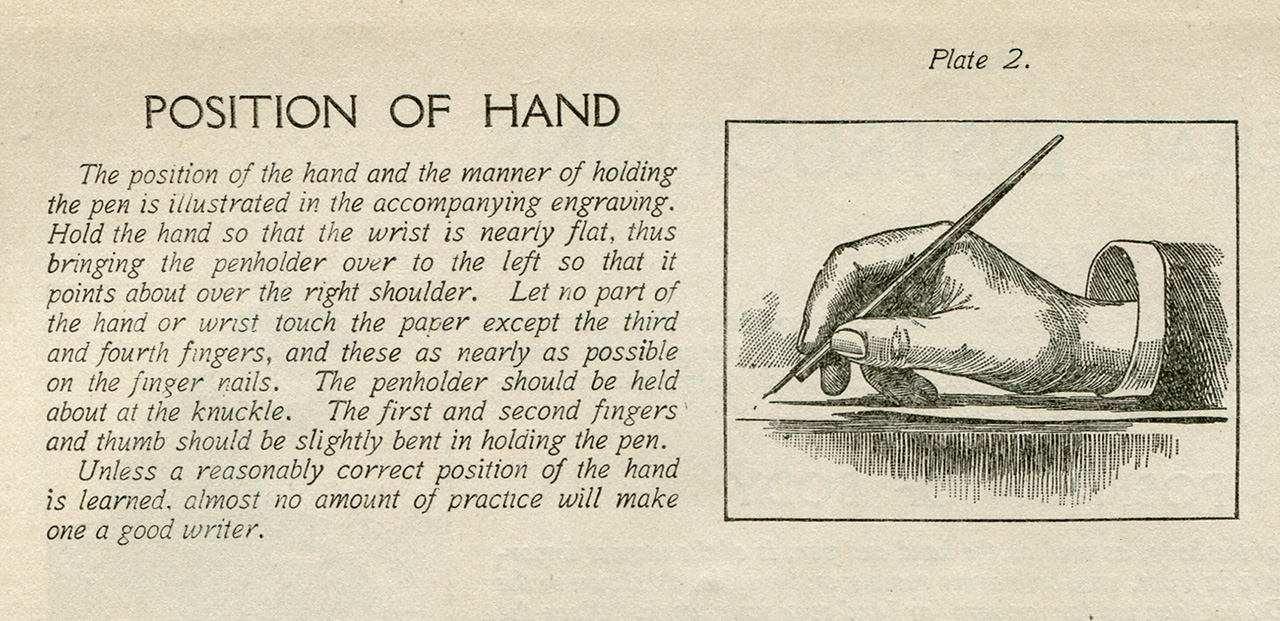
via FBU
This bit from one of my favorite stand-up acts by Eddie Izzard came to mind in light the the recent presidential debates here in the U.S.:
via Open Culture
Messing with people? My type of humor.
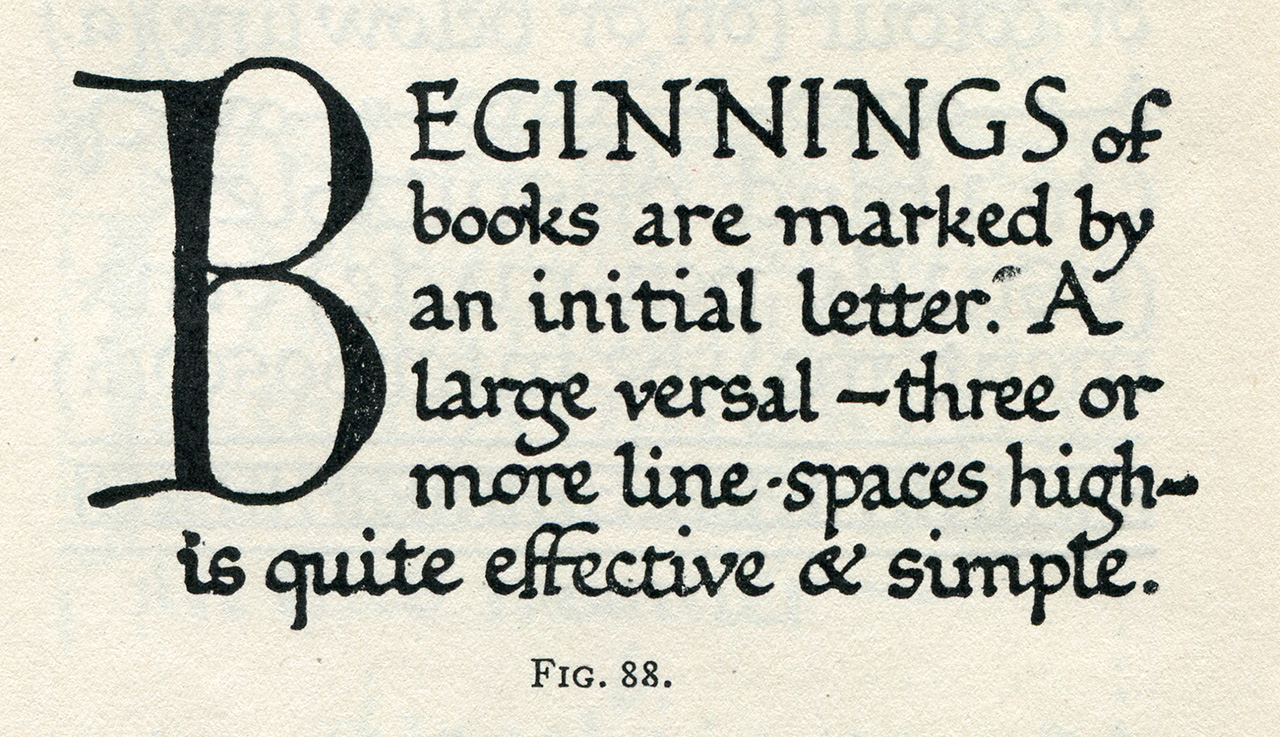
via FBU
One of the most beautiful cars of all time, the Ferrari Dino:
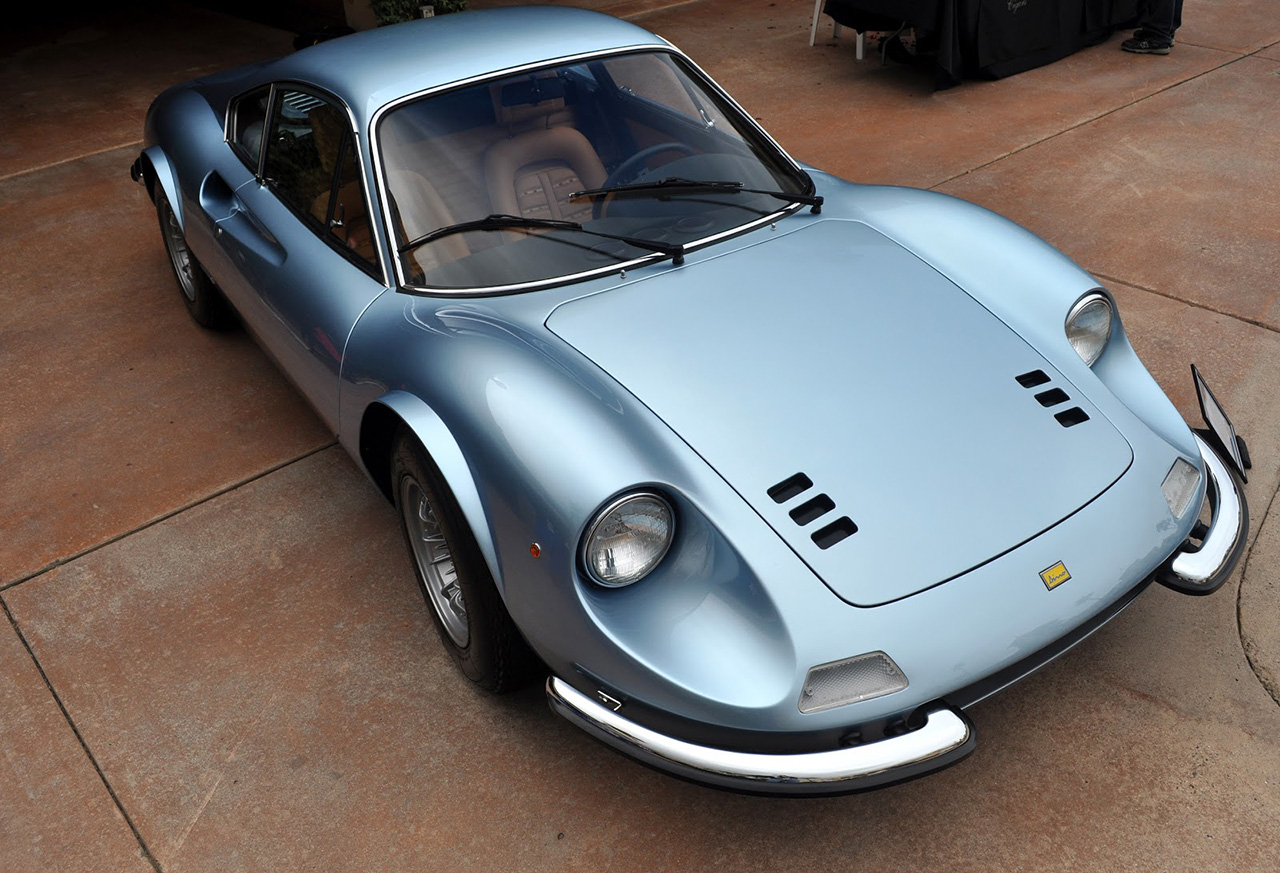
Just look at those curves. Good lord.
via Just A Car Guy
Speaking of great films I’ve discovered, I highly recommend Craigslist Joe.
It’s about a guy who lives completely off Craigslist for an entire month and has some really amazing and touching experiences with people along the way:
CRAIGSLIST JOE – Trailer from Drew Dorenfest on Vimeo.
Although it’s 2 years old, Linotype: The Film is new to me and looks awesome. It started as a Kickstarter project in 2010.
After seeing a few concerts recently at the Greek Theater I began to think again about something I’ve always wondered about—are opening bands prohibited from using ‘premium’ lighting effects on stage? Or is it quite simply that most times, opening acts don’t have the budget to afford fancy visuals?
Even the sound quality of the main performer/band is always richer, as if, like the lighting, they’re given access to the better sound equipment.
It’s clear why you wouldn’t want the opening band to upstage the featured one, but I’m just curious if these are unspoken rules musicians follow, if it’s in writing or if it’s simply just not having the money to do something better.